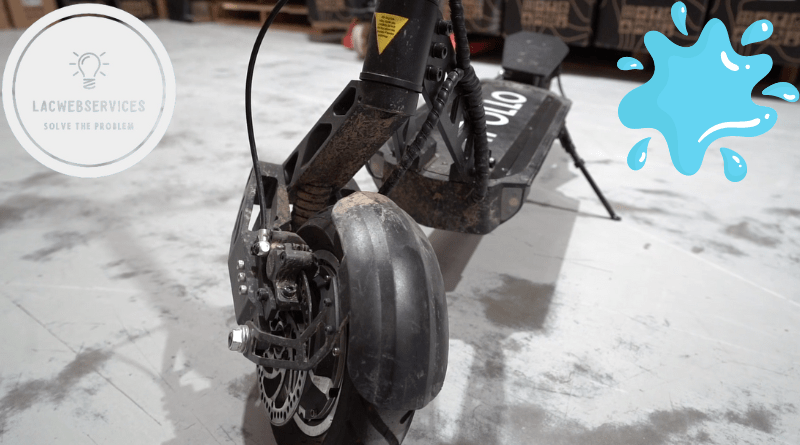How to Fix Electric Scooter Water Damage?
Electric scooters are a pretty common means of transportation in a modern world. It’s compact, fast and friendly to ecology. But such devices are not indestructible, and could be damaged by various external factors – from physical impact to water getting inside, to its internal components. The latter is the most dangerous type of damage an e-scooter can suffer from. If water gets inside, the electronic components may not fail immediately, but after some time. Therefore, if the electric scooter becomes seriously wet, you should take all possible measures to prevent its failure. And for this purpose it is necessary to know how to fix electric scooter water damage properly and get it back on track.
Electric Scooter Water Damage: Basic Info
Overview of Water Damage
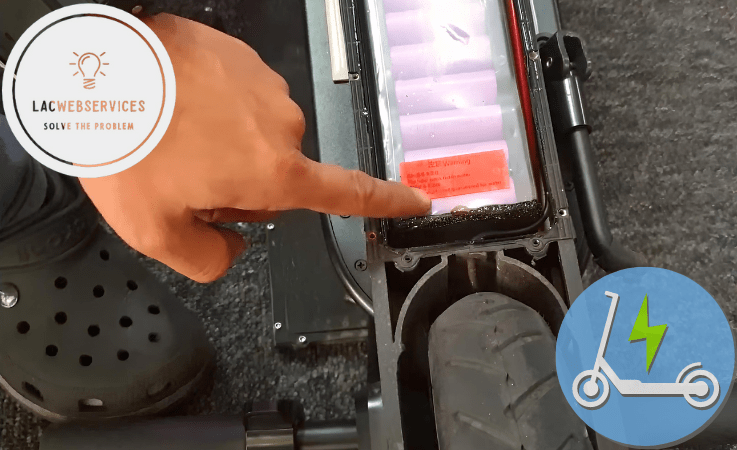
Basically, whenever water gets inside the electric scooter, it can damage almost all of its parts by causing corrosion. Especially if we’re talking about dirty water that has various abrasive particles in it. But if we exclude damage caused to mechanical parts, water inside the e-scooter could cause harm to its electrical systems, motor or battery. And it’d be a good case if only one of those parts will be damaged – usually they’re damaged simultaneously because they’re basically connected between each other.
Common Causes of Water Damage
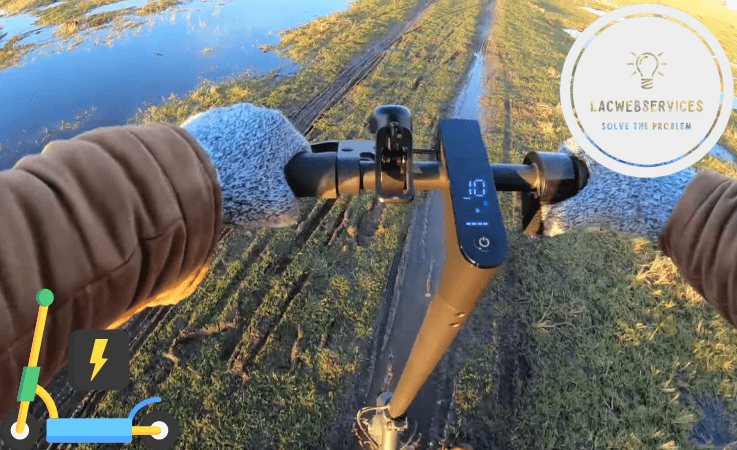
There’s a whole lot of scenarios when water can get into the e-scooter and get to its internal electrical components. Starting from an improperly stored device where it got dampened to the point of water getting inside, and up to riding in heavy rain or drowning it in deep water. The latter is a thing even for waterproof scooters, because they can handle submerging only down to 1-2 meters deep at best.
Signs and Symptoms of Water Damage
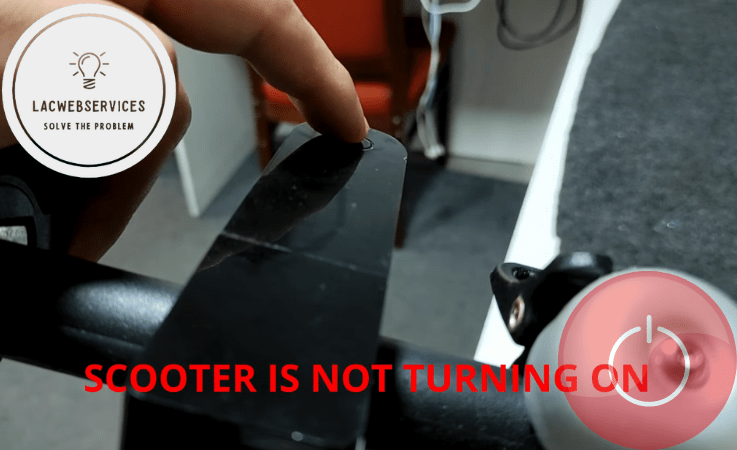
The first signs of problems related to water getting inside the e-scooter are all kinds of spontaneous shutdowns of electronic components or the entire device. Basically, whenever it behaves unusually – water probably got inside and it was followed by various problems. Also, harm caused by liquids could include battery swelling, which in itself is the most dangerous for the device and for its user, as further use of the e-scooter may even cause the Li-Ion elements to self-ignite or explode.
Immediate Steps After Water Exposure
Safety First
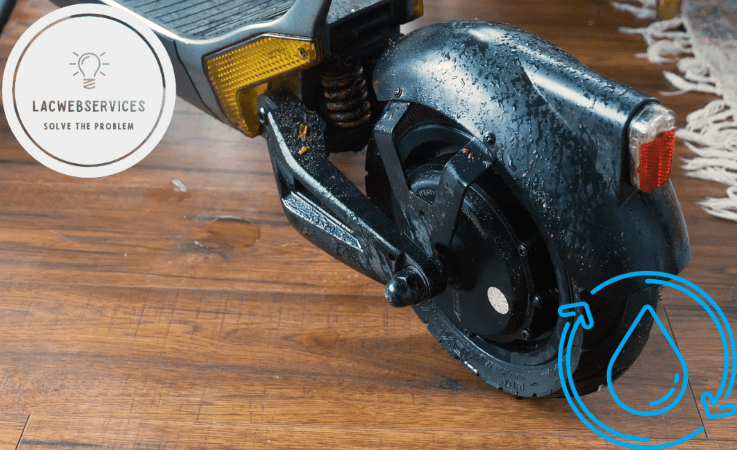
Before you actually begin assessing the caused harm, fixing its consequences and drying your e-scooter, you must lay it on the side and power it off. Turn it off, disconnect it from all power sources and remove its battery as soon as possible. If your device has an internal protected battery – remove its case and detach its connector before you begin looking for signs of any possible damage caused by getting the scooter wet.
Initial Assessment
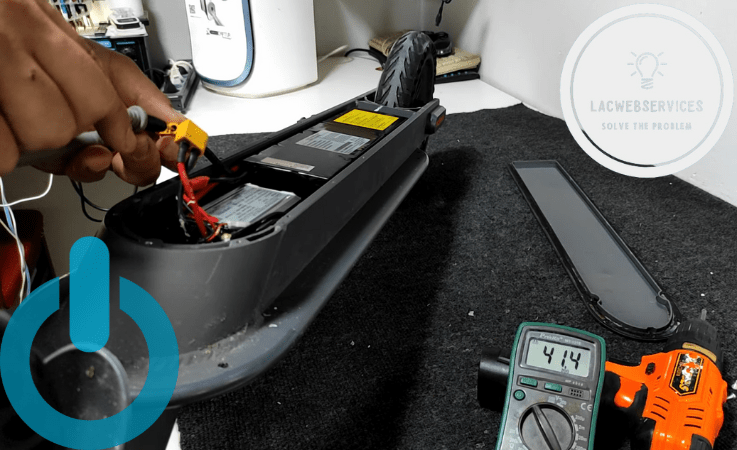
To assess the harm caused by wetting your device, check for visible signs of water damage such as discoloration, corrosion, or swelling of the scooter’s components. These are clear indications that the scooter may require attention if it has been ridden in heavy rain or submerged in water.
Also, you can carefully open the scooter deck to gain access to the controller, battery, and wiring. Inspect each component for signs of moisture, corrosion (brown and orange stains) or oxidation (white stains).
And don’t forget to check whether the battery has no such signs and is not swollen. The latter could be the consequence of overheating due to a short circuit because of the water getting inside.
Drying Out Your Electric Scooter
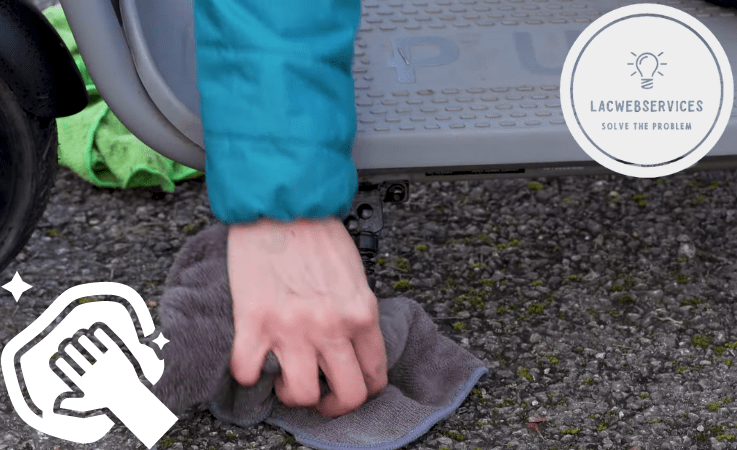
After turning off and disassembling a wet electric scooter, it is recommended to let it dry in a dry place at room temperature for several hours. If it is particularly wet or damp, dry the outside of the scooter with a towel.
Using a hair dryer to quickly dry a waterlogged electric scooter is not advisable. This can displace water inside components or electrical circuits, causing them to take longer to dry and potentially fail when the unit is turned on.
It is advisable to wait at least 48 hours to ensure there is no more moisture in the electrical circuits or on the parts. The waiting time may vary depending on the amount of water that has entered your scooter.
If the scooter has been submerged in water, it is important to let it dry completely for at least one week before attempting to turn it on or charge it. This will prevent short circuits and irreversible harm to the device.
Ways to Fix Electric Scooter Water Damage
Disassembling Your Scooter
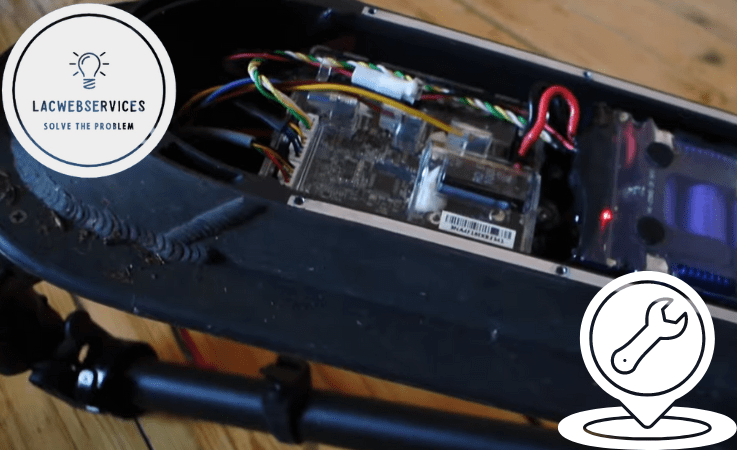
Disassembly of an e-scooter is not a complicated process in general – you need to find your scooter’s model and guides for its disassembly on the Internet and follow it through. But there are some steps you should take to prevent further harm from water:
- Turn off your e-scooter before you start doing anything else and don’t even try to connect it to the charger.
- If your electric scooter has an external battery, remove it. If its battery is internal, then remove it right after you’ve disassembled its protective case. Usually, the battery is inside the footrest or inside the frame of the device, depending on its model.
- Carefully disassemble all of the cases on electronic components of your e-scooter. Including battery, central control board and speedometer. Because water could be anywhere inside, and you’ll need to dry all components.
- Store all disassembled parts separately and safely so you won’t lose them or mix their parts and screws.
You must follow the steps above along with the initial disassembly manual for your particular electric scooter model. Everything else highly depends on the latter, so there are basically no universal disassembly guides.
Cleaning and Corrosion Treatment
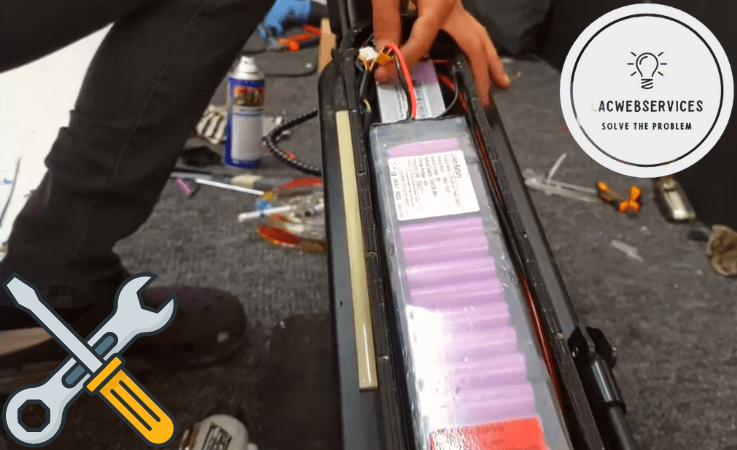
Whenever you’ve noticed signs of corrosion or oxidation (brown, orange or white stains) on your e-scooter’s internal components, it’s a must to clean it off. You can do it yourself if you’re sure you have skills, but it’s highly advisable to ask for professional help if you have no experience in this field.
- Using the paste made from distilled water mixed with baking soda is one of the first DIY methods to clean off corrosion and oxidation. Applying this paste with soft brush to damaged places and rubbing it in should help.
- Phosphate-free household cleaners also should do the trick. They’re effective against corrosion, rust and oxidation, but you should apply it carefully and remove it thoroughly after cleaning.
There are other methods for fixing harm caused by water on circuit boards of all kinds, like deionized water or heating, but it’s not advisable to use them yourself. They require specific tools and skills to use, therefore it’s better to ask for professional help instead of trying to fix anything yourself.
Battery Care and Assessment
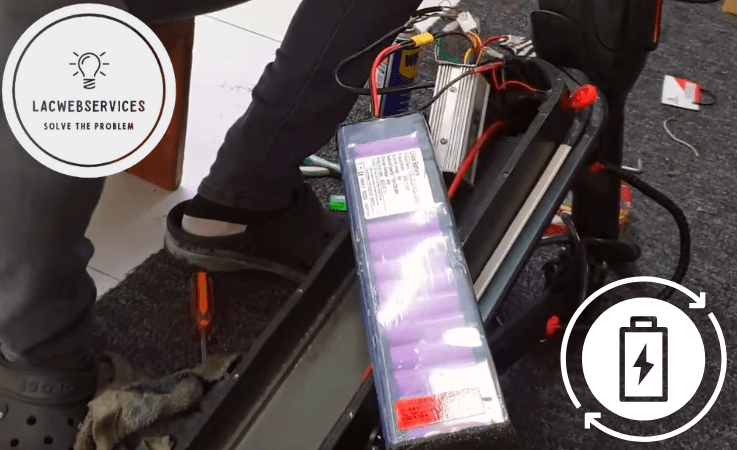
If your e-scooter was damaged by water, you must not charge it. It could cause additional problems for internal components and its battery. Therefore, if it’s possible, you need to detach the battery and assess whether it’s damaged by water or not, as it was said earlier. If its contacts have signs of corrosion, oxidation or rust – clean them. And if the battery is swollen – you must not use it again and find a replacement for it as soon as possible.
Electrical Components and Connections
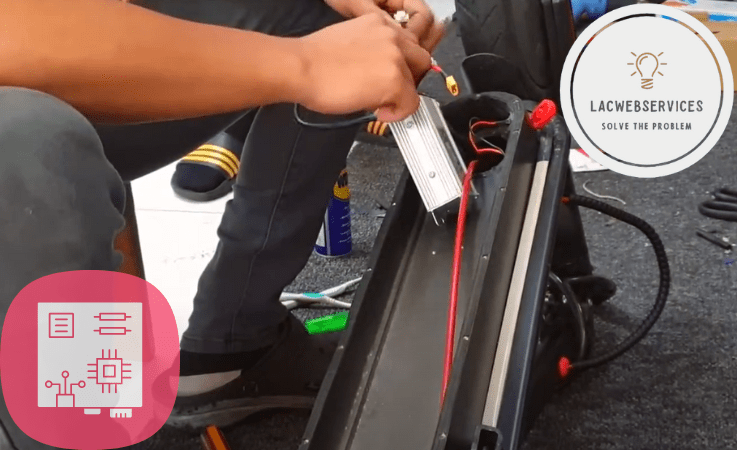
Just like you’ve checked the battery and assessed its harm from water, you need to check all of its internal components, including all control boards. If there are signs of corrosion or oxidation – clean those by using methods mentioned above. Also, check and clean all connections, ports and so on. And don’t forget to check whether there are swollen condensers – if there are any, you should ask for professional help.
Reassembling and Testing
As it was said earlier, you should look for disassembly and assembly manuals using your e-scooter’s model number. There are lots of videos on YouTube, text guides and so on. Follow them thoroughly before assessing damage and drying and after it to disassemble and assemble your electric scooter properly.
To test your scooter, you need to follow some simple steps, and you need to do it thoroughly:
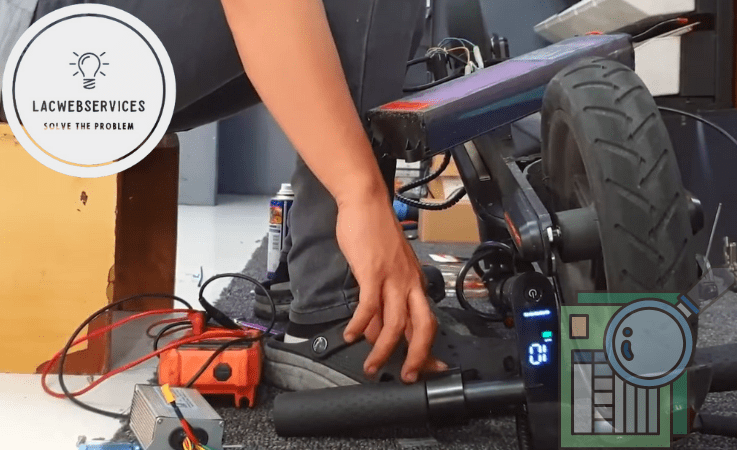
- When you’ve reassembled your e-scooter, don’t charge it. Try to turn it on. Most models will signal you that the battery charge is low. That’s a good sign – the battery is probably intact.
- Then, connect the electric scooter to the power source. If everything’s fine, it’ll show signs of charging with an indicator (it depends on the model).
- Wait for an hour or so while watching for signs of malfunctioning charge of the battery.
- If all went well, unplug the charger and try to turn on your e-scooter. It should turn on without any issues.
- After that, try to test the device’s motor. Do it carefully, slowly rising speed. It’ll help you ensure overall usability of your e-scooter after all procedures.
- Check all indicators and screens if there are any. They should work as intended, without issues or glitches.
Everything mentioned above should be enough to test the overall functionality of your dried e-scooter. And whenever something went wrong – ask for professional help.
Prevention Tips for Water Damage
Protective Measures
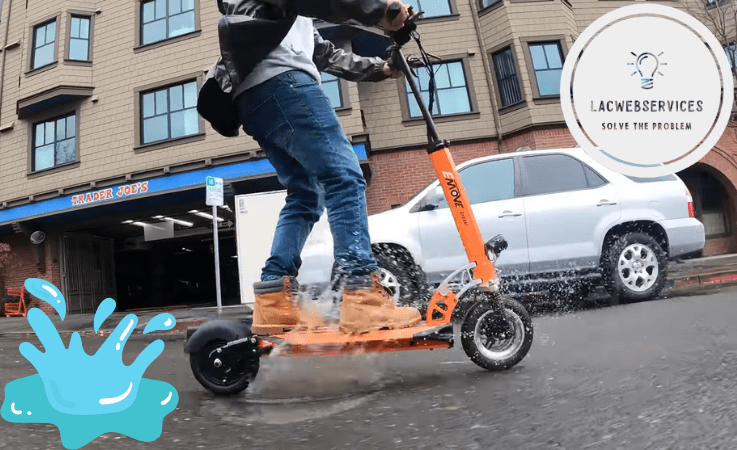
Usually, electric scooters have an International Protection index or IP. The first IP number in IPXX marking (from 0 to 6) determines protection from physical force and the second one (from 0 to 9) determines protection from liquid. Usually, e-scooters have IP54 index, and some specific models have higher degree of liquid proofness, including waterproofness.
Taking it into account, you should avoid submerging your device anywhere, including riding through puddles. And you should remember that your e-scooter probably can’t handle any heavy rain for longer than a couple of minutes.
Also, most electric scooters have software protection that shuts down the device whenever water gets inside. It prevents further harm to its internal components and ensures that riders will be safe even in case of accidents.
Maintenance Tips
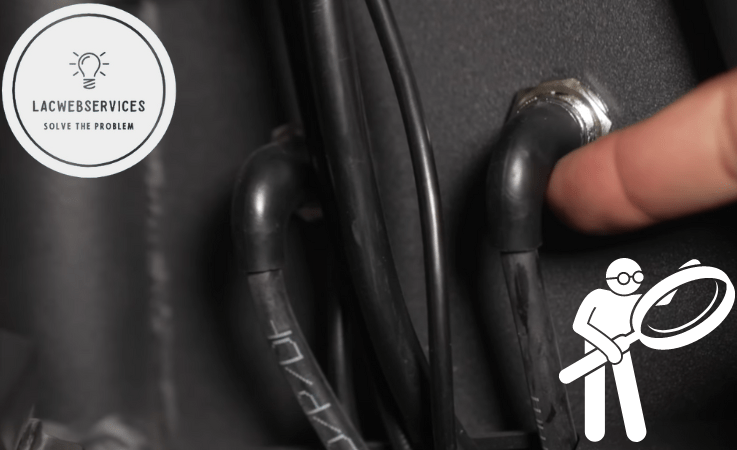
Although most modern scooters have external and internal water protection, it’s not omnipotent. So it’s important to perform maintenance regularly to prolong your e-scooter’s lifespan.
- Regularly inspect your e-scooter for signs of damage. Look for cracks, dents, deep scratches and all other things that could negate waterproof qualities of the device.
- Maintain tire pressure to prevent lowering its profile and submerging its footrest bottom in small puddles.
- Check all electric scooter’s parts for corrosion from time to time and remove it if needed. Look for signs everywhere, including internal components. It’ll help with preventing harm from moisture.
- Ensure that your e-scooter is dried after riding under rain and lubricate its mechanical components.
- Store your device in a cool and dry place. Avoid storing your electric scooter outdoors, especially under rainy weather. Or at least get a good waterproof cover for it.
- Get a waterproof carry satchel for your e-scooter if you plan on carrying it around with you whenever it rains.
All tips above provided by LACWebServices will help you ensure that your electric scooter’s lifespan will be long and it won’t suffer from water damage. Also, if your device is under warranty, those tips will help you ensure you won’t violate it.
Take Professional Help
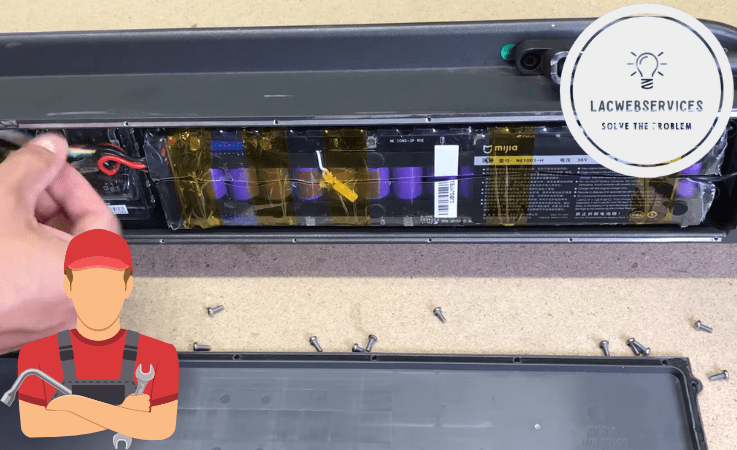
Recognizing the Limits of DIY Repairs
Sadly, you can’t provide all repairs for a wettened e-scooter by yourself if you have insufficient skills. Because you probably won’t do any good if you’re unskilled and you try to fix problems caused by water damage. For instance, you can simply break internal circuits on circuit boards inside the device if you’re inaccurate with corrosion removal. Or you may be unable to disassemble or reassemble your e-scooter. So, basically, whenever you’re unsure that you can do it – ask for professional help.
Finding a Reliable Repair Service
Before looking for a repair service, check your warranty. If it’s still valid, contact your e-scooter’s manufacturer. It’s possible that they’ll fix the harm caused by water if your device was well-maintained or water got inside because of the defective case parts.
On the other hand, it’s also possible that the device’s manufacturer will determine your case as one that’s making the warranty invalid. Because, basically, drowning your e-scooter or riding under heavy rain usually comes under physical damage that isn’t covered by warranty.
And whenever you’re in need of looking for a reliable third-party repair shop, you should look for ones that were authorized by the manufacturer of your electric scooter. And don’t forget to look through reviews on particular repair services – it’s the only means you have to check its reliability.
Wrap Up
Sadly, electric scooters are susceptible to water damage, even though they have a liquid-proof protection. Because such devices, except off-road ones, were not designed for riding under heavy rain or submerging it in water, let alone drowning. But if you wet your e-scooter for some reason and water got inside, it’s a must to perform an emergency maintenance and check it for water damage, and then either fix problems yourself or ask for professional help if you have no skills for it.
